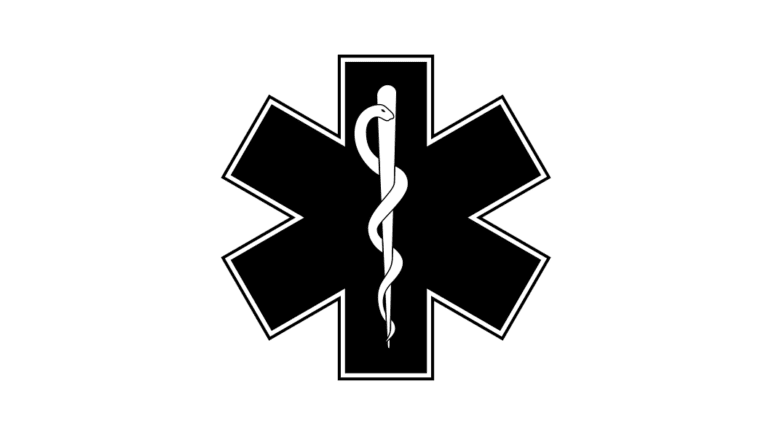By John A. Tures, Professor of Political Science, LaGrange College
“Of all of the injustices, health care inequality is perhaps the biggest,” said Georgia Senator Rev. Raphael Warnock at a recent press conference. He has introduced a plan to reduce prescription drug costs, and thinks he might be able to get Republican support, even in this hyper-partisan era. Here’s his plan.
According to the Senator’s office “The Capping Prescription Costs Act would cap annual out-of-pocket prescription drug costs per year at $2,000 for individuals and $4,000 for families. The legislation builds on the success of the Inflation Reduction Act and extends out-of-pocket caps to the commercial health care market.”
There are likely to be millions of beneficiaries. After all, at least a third of all people on prescription drugs don’t take it as prescribed. It’s not because people are stupid; in many cases, they can’t take the full dosage because they can’t afford it, according to Warnock.
Warnocks’s team adds “Over 60 percent of American adults take at least one prescription drug, with 25 percent of adults taking four or more. Yet Americans often pay more for the same prescription drugs than people in other countries, and due to the cost burden, American patients often cannot afford their medications as prescribed. This results in patients skipping doses, cutting doses in half, or taking over-the-counter medications instead of their prescriptions. One study found that 31 percent of patients did not take their medications as prescribed due to cost. The new $2,000 cap on cost-sharing for individuals and $4,000 for families will apply to all of the 173 million Americans who have private health insurance.”
So there are a lot of good reasons to support this bill. What are the chances that this legislation, or any legislation can pass the Senate and House in this environment? And why would Sen. Warnock succeed where others have failed.
Warnock has a history of working with Republicans, from Texas Senator Ted Cruz on an interstate bill, to Iowa Senator Joni Ernst on a “Beagle Brigade” which I covered several years ago. In 2023, Warnock was teaming up with Louisiana Senator John Kennedy, a Republican, to show how there are over 800 “insulin deserts” across America, on World Diabetes Day, according to USA Today.
“In the Inflation Reduction Act, Senator Warnock got two proposals included in the final version of the bill —provisions from his bill to cap the cost of insulin at $35 a month for Medicare patients, and his plan to cap the cost of prescription drugs for seniors at $2,000 a year,” the Georgia Senator’s office noted. “The Senator has been a years-long advocate for expanding Medicaid. In Washington he’s pushed for solutions to close the coverage gap.”
But why would Trump sign any bill even if it did pass the Senate and House?
“Trump says he wants to lower costs, so here’s an opportunity for him to do that,” the Senator added at the press conference when I asked him about opportunities for bipartisan support. “The doors to the church are open.” He added “And I am a Matthew 25 Christian.”
John A. Tures is a professor of political science at LaGrange College in LaGrange, Georgia. His views are his own. He can be reached at jtures@lagrange.edu. His “X” account is JohnTures2.
